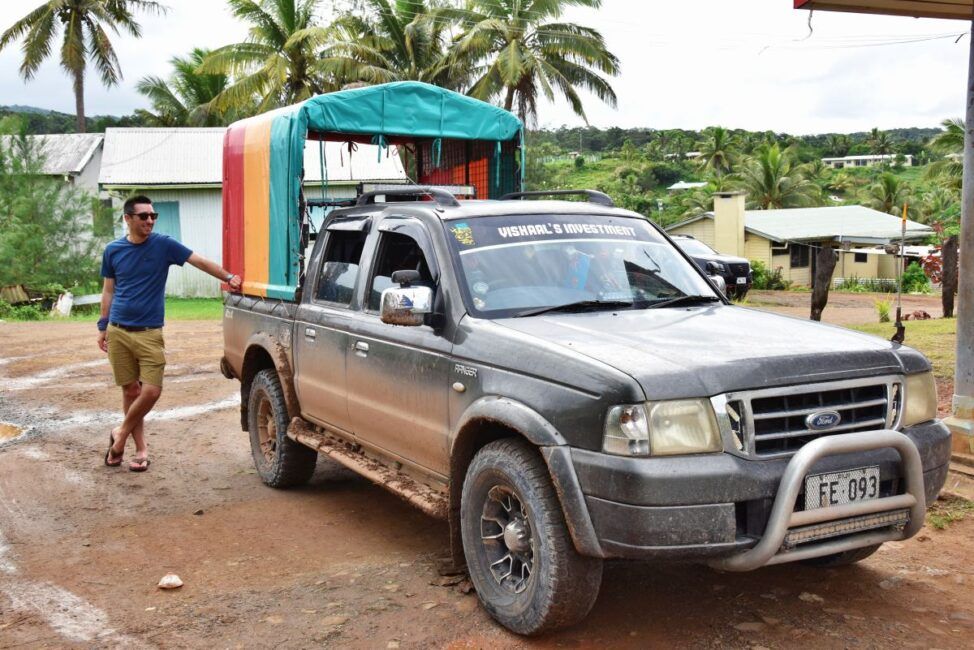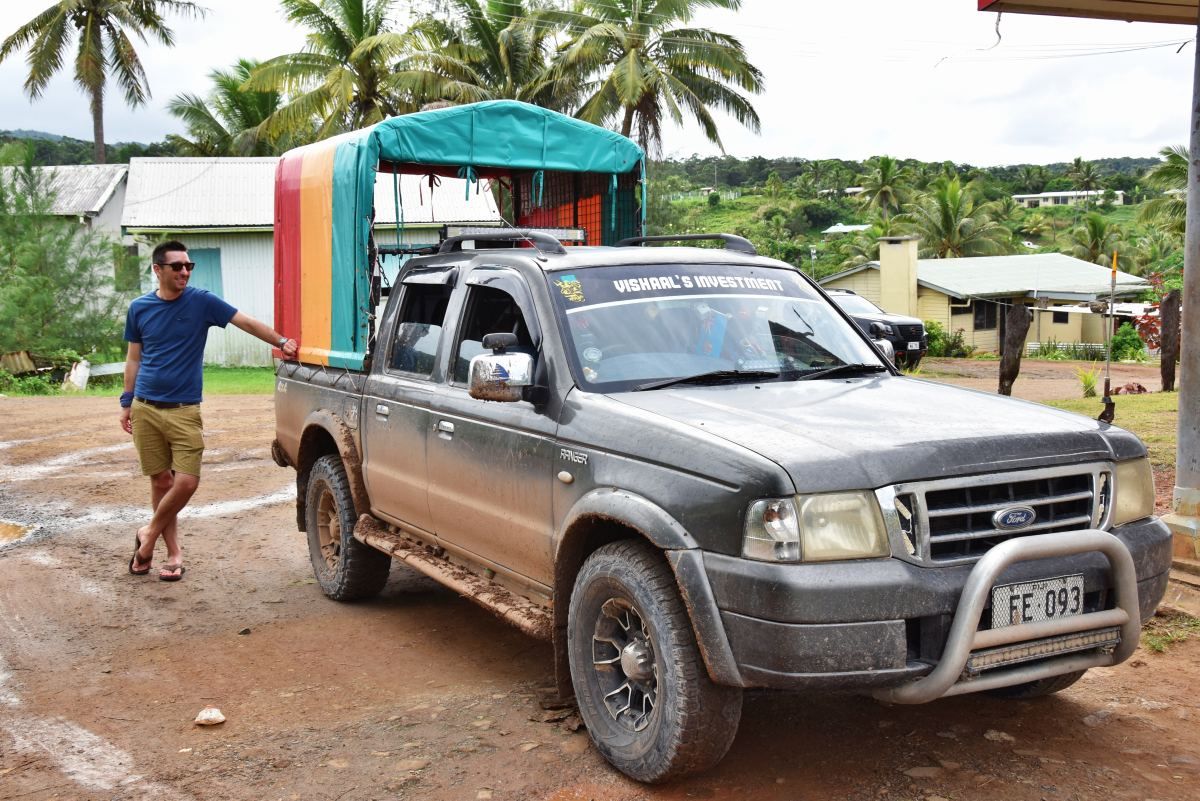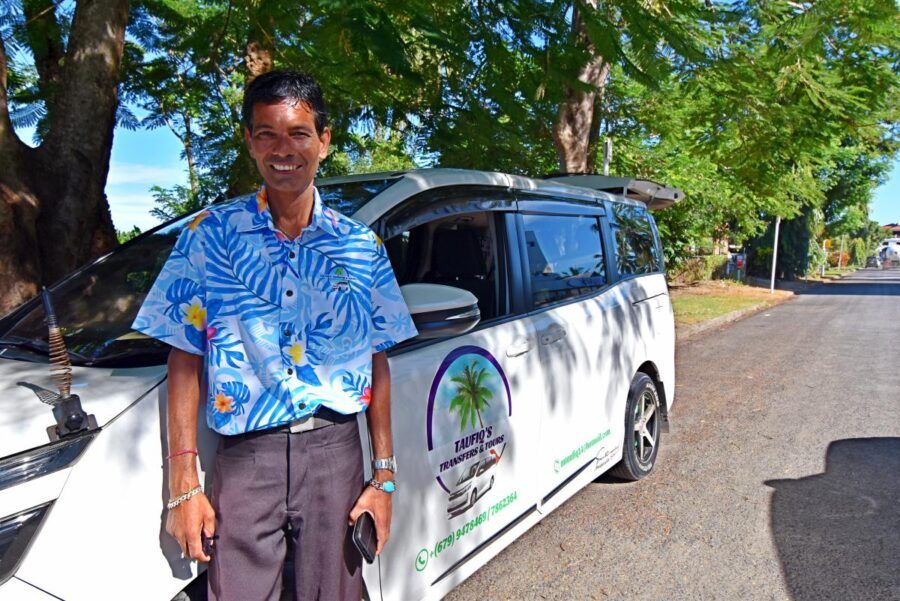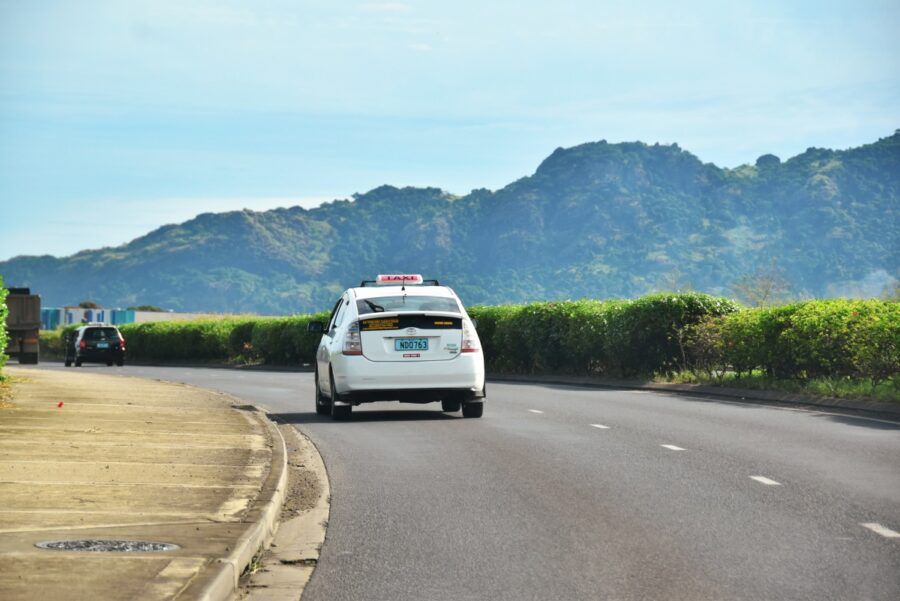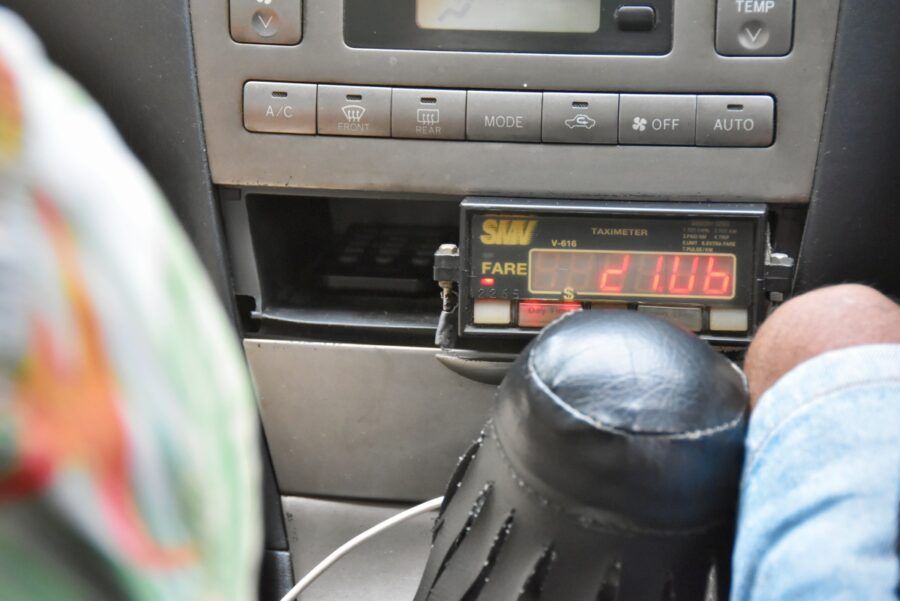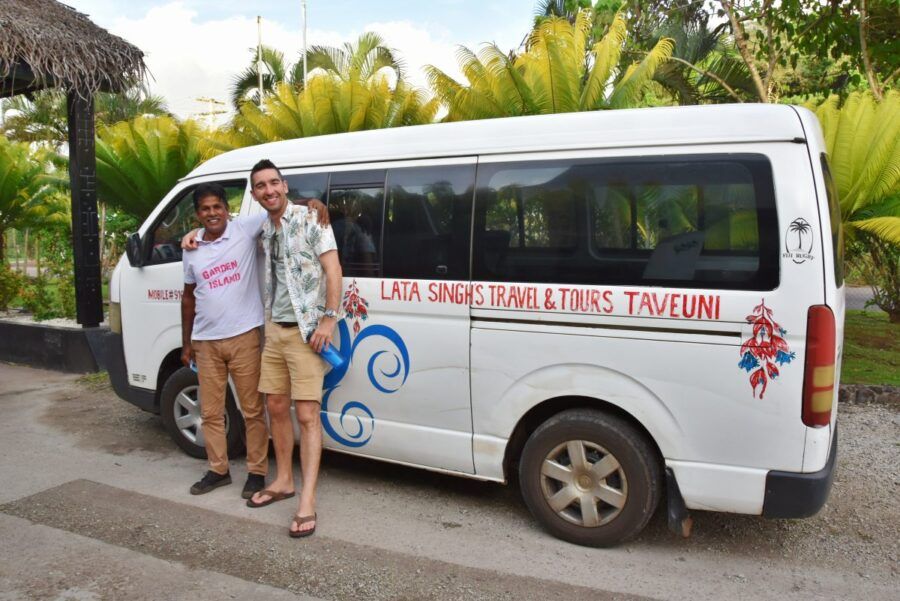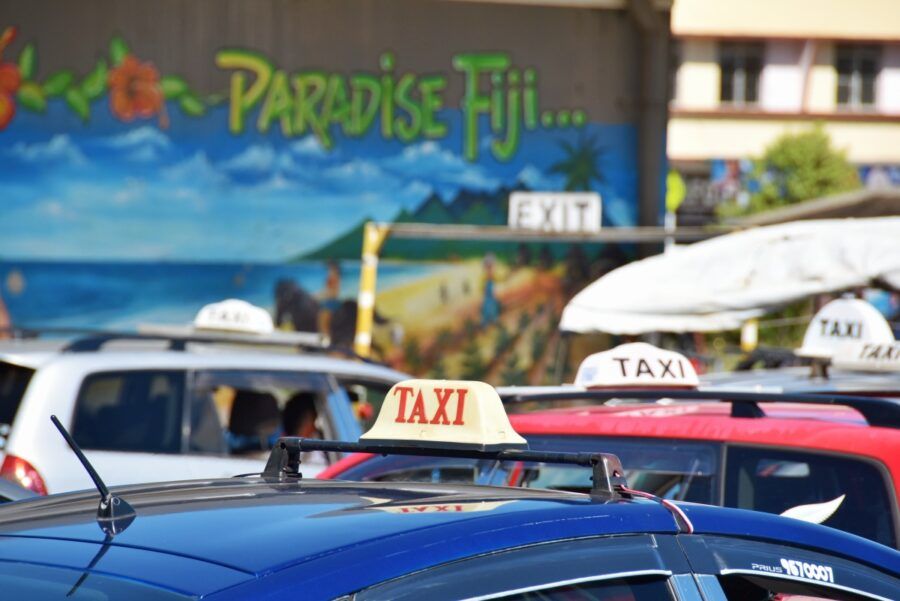Should You Travel via Minivans and Carriers in Fiji?
Travel guidebooks, agents and even here on Fiji Pocket Guide; we don’t tend to recommend minivans and carrier vans in Fiji as a way of getting around. But once any traveller arrives on the bustling main island, Viti Levu, there’s no hiding the fact that these vehicles are everywhere! Vans and vibrant tarp-framed pick-up trucks dart along the rural roads and highways in their hundreds. So, what gives? Should tourists travel around Fiji in minivans and carriers like the locals? Find out everything you need to know in this guide.
While you’re here, you might also want to bookmark The Guide to Public Transport in Fiji.
Table of Contents
How to Spot a Registered Minivan or Carrier in Fiji
Before we dive into what are minivans and carriers, it’s important to note that Fiji has had a lot of issues in the past with these types of transportations being unregistered. Registered minivans and carriers are easy to spot with yellow license plates starting with the letters “LM” for minivans and “LC” for carriers. By being registered, it means that the driver and vehicle are more likely to comply with current laws and abide by the legal safety standards.
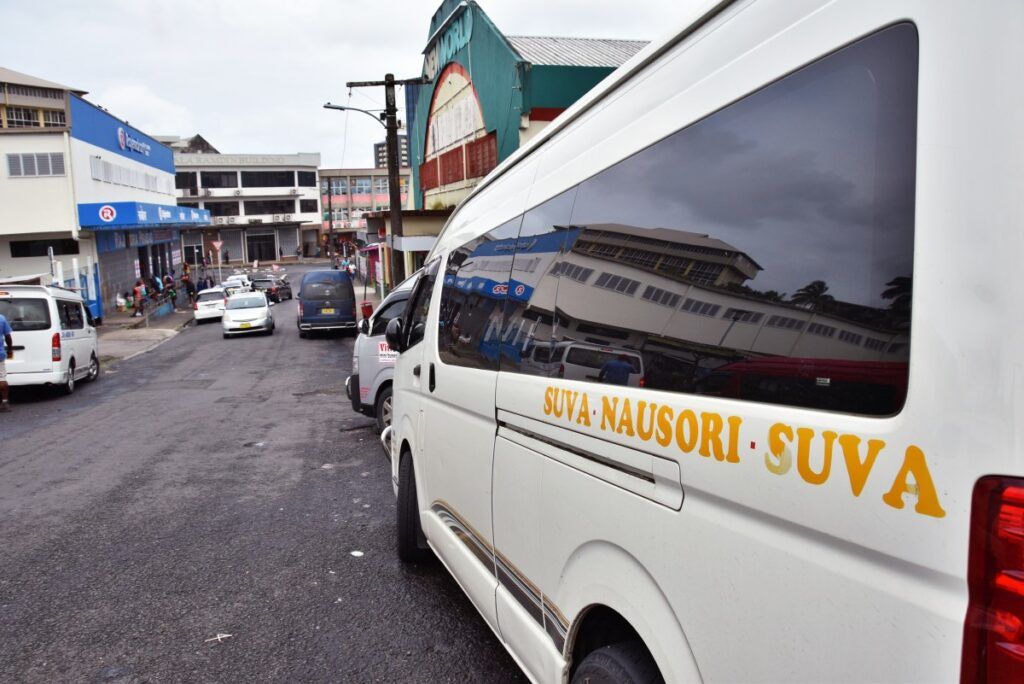 © FijiPocketGuide.com
© FijiPocketGuide.comMinivans (Shared Taxis) in Fiji
Minivans are essentially shared taxis. They mostly operate between the major towns on Viti Levu, such as between Lautoka, Nadi and Suva and vice versa.
Unlike a normal taxi (which you can read up about in The Guide to Taxis in Fiji), minivans can be found in abundance 24/7. Minivans typically start their journey near the main bus stations in Nadi, Suva, Lautoka, etc. and will only leave from these stations once they have a sufficient number of passengers (typically four). Additional passengers may be picked up at bus stations along the way.
Passengers usually split the bill for the minivan ride. For example, a minivan ride between Nadi and Lautoka might be around FJ$100. Split four ways, this will only cost passengers FJ$25 each.
Minivans Vs. Taxis and Buses
How do minivans compare with other means of transport, such as normal taxis and buses? As you can see from our Taxi Price Guide in Fiji, minivans are significantly cheaper for long-distance travel. While minivans can cost the same or more than the buses between towns, they offer much faster journeys. A disadvantage to minivans, however, is knowing where to find them. Nevertheless, where there is a major bus station, there is typically a parking lot with minivans parked adjacent or nearby.
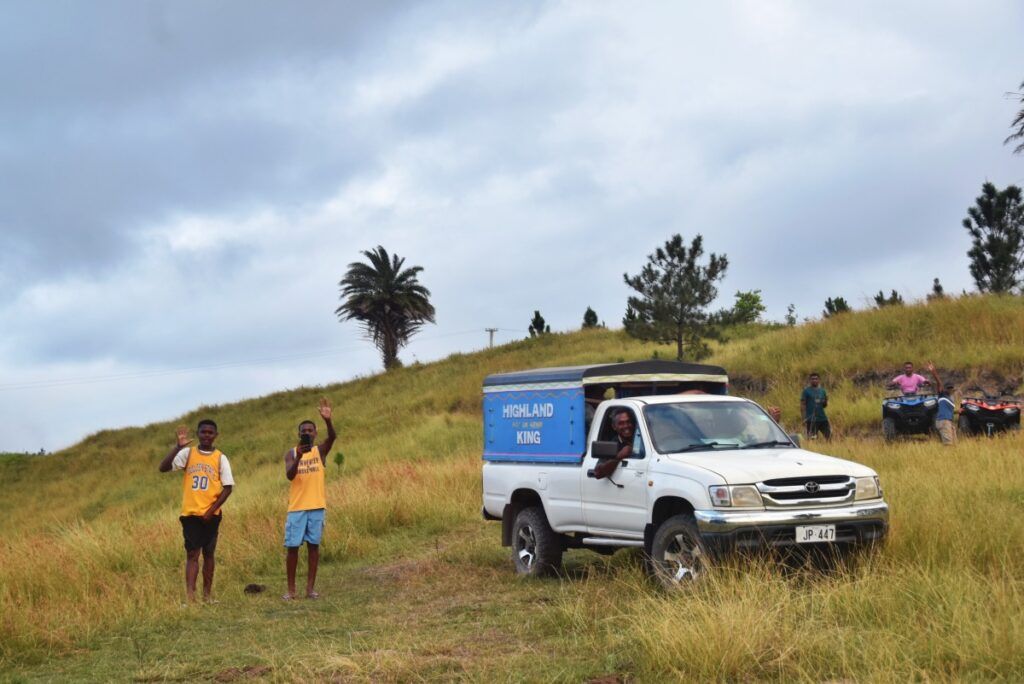 © FijiPocketGuide.com
© FijiPocketGuide.comCarriers in Fiji
An iconic sight on Fiji’s roads, carrier vans or “carriers” are pick-up trucks with colourful tarp-covered backs covering passengers sitting across two cushioned benches.
The carriers mainly transport locals between rural villages and towns on Viti Levu, Vanua Levu, Taveuni, Kadavu and Ovalau. In addition, more and more carriers are running trips between towns, such as Nadi and Suva.
Carriers are very much a local way to travel in Fiji, which can be a fun experience (and a bumpy ride) as you’re squashed up with others going down rural gravel and dirt roads.
A bit of local know-how is needed to know when and where to catch a carrier, but they can typically be found adjacent to major bus stations. Another obvious place to catch a carrier is from a market, as carriers commonly transport vendors to and from rural areas.
The price of riding a carrier van in Fiji is similar to taking a city bus, anywhere between FJ$2-$9.
Carriers Vs. Minivans and Buses
When it comes to choosing between riding a carrier or minivan, carriers are cheaper. The biggest issue, however, is that there are no seatbelts or any kind of protection should the vehicle get in an accident. With some of the precarious driving that happens in Fiji, this is an obvious safety issue. Buses might cost around the same as carriers but tend to be a little on the safer side. The main benefit of carriers is that they tend to reach places other transport cannot. In addition, carriers are the only type of public transport available on islands like Kadavu.
More About Minivans and Carriers in Fiji
That’s it for our guide to minivans and carriers in Fiji; for more information about transport in Fiji, check out the following articles:
- Fiji Transport Guide: 20 Ways to Get Around Fiji
- The Guide to Commuting in Fiji
- A Travellers’ Guide to Hitchhiking in Fiji
Finally, if there’s anything we’ve missed, you’re likely to find it in The Guide to Public Transport in Fiji.
Sources:
The information in this guide has been compiled from our extensive research, travel and experiences across Fiji and the South Pacific, accumulated over more than a decade of numerous visits to each destination. Additional sources for this guide include the following:
- Land Transport Authority (Road safety advice - Updated [2025])
- Tourism Fiji (General travel advice - Updated [2025])
- Fiji Immigration (Visa and immigration advice - Updated [2025])
- Fiji Revenue & Customs Service (Customs and visitor taxes - Updated [2025])
- Biosecurity Authority of Fiji (Biosecurity advice - Updated [2025])
- Fiji Meteorological Service (Weather forecast and warnings - Updated [2025])
- Fiji Bureau of Statistics (Statistics and travel data - Updated [2025])
- Ministry of Tourism and Civil Aviation (Tourism statistics - Updated [2025])
- SPTO (Pacific tourism advice - Updated [2025])
- Fiji Hotel and Tourism Association (Tourism trade association - Updated [2025])
- Safe Travel (New Zealand travel advisory for Fiji - Updated [2025])
- Smart Traveller (Australia travel advisory for Fiji - Updated [2025])
- Travel.State.Gov (U.S. travel advisory for Fiji - Updated [2025])
Our editorial standards: At Fiji Pocket Guide, we uphold strict editorial standards to ensure accurate and quality content.

About The Author
Laura (Lora) S.
This article was reviewed and published by Laura, editor in chief and co-founder of Fiji Pocket Guide. Since arriving solo in the South Pacific over 10 years ago with nothing but a backpack and a background in journalism, her mission has been to show the world how easy (and awesome) it is to explore a paradise such as Fiji. She knows the islands inside-out and loves sharing tips on how best to experience Fiji’s must-dos and hidden gems. Laura is also editor of several other South Pacific travel guides.
